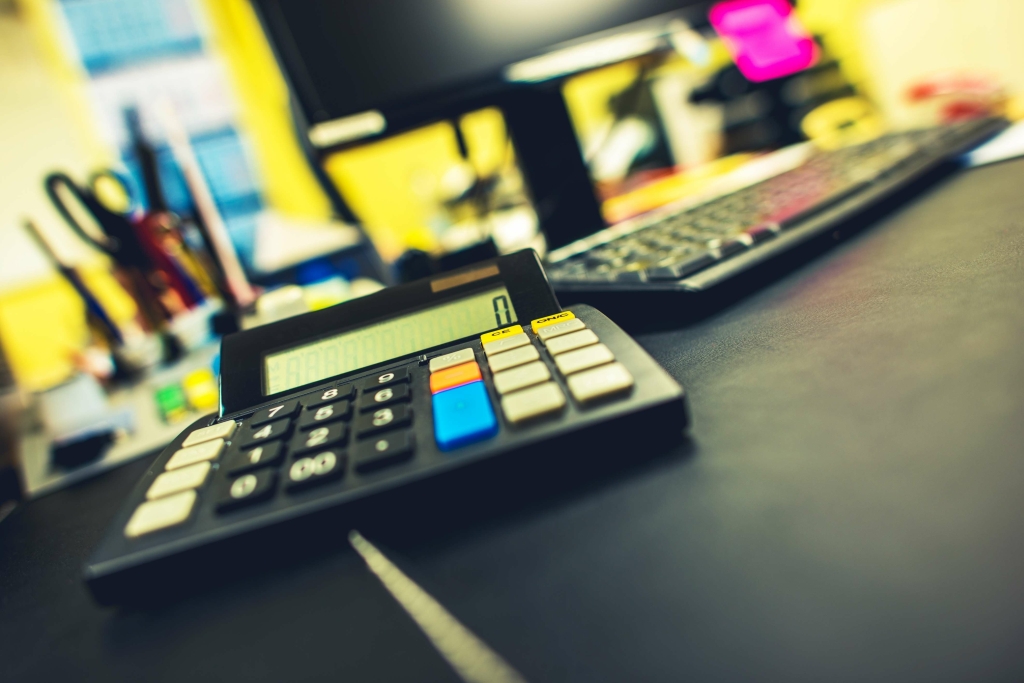
Fixed Assets are those long-term assets that are used in the current financial year as well as many years further. They are one-time strategic investments that are required for the long-term survival of the business. For an IT industry, assets will be laptops, desktops, land, and so forth yet for a manufacturing firm, it tends to be equipment, hardware, and Machinery. A fundamental attribute of fixed assets is that they are accounted for at their book value and regularly get depreciated with time. This format is significant in light of the fact that it gives users more data about the organization and its activities.
The financial statements shall be prepared to provide a true and fair view of the business’s financial affairs to the users of the statement. To achieve this objective, the financial statements are usually prepared so that each of the broad headings of assets, liabilities, and equity is further classified into a number of meaningful sub-headings. A classified balance sheet is important because it provides a snapshot of a company’s financial position.
What are the common balance sheet classifications?
In other words, this is the amount of principle that is required to be repaid in the next 12 months. The most common current liabilities are accounts payable and accrued expenses. Current assets include resources that are consumed or used in the current period.
Taking a look at the balance sheet of RMS Pvt Ltd you will notice that the assets have been categorized into three different groups as Total Fixed Assets, Total Current Assets, and Total Other Assets. When it comes to your small business accounting the more resources you have available, the better. The broader headings are broken down into simpler, smaller headings https://www.bookstime.com/articles/what-is-a-progressive-tax for better readability of the annual accounts. Our writing and editorial staff are a team of experts holding advanced financial designations and have written for most major financial media publications. Our work has been directly cited by organizations including MarketWatch, Bloomberg, Axios, TechCrunch, Forbes, NerdWallet, GreenBiz, Reuters, and many others.
3 General presentation requirements
It is also known as net assets since it is equivalent to the total assets of a company minus its liabilities or the debt it owes to non-shareholders. The unclassified balance sheet lists assets, liabilities, and equity in their respective categories. The classifications used will vary depending on the type of business you own, and there is no one way to format a classified balance sheet properly. The chart below lists common balance sheet classifications and examples of the balance sheet accounts that are included in each classification.

Balance sheets can be used with other important financial statements to conduct fundamental analysis or calculate financial ratios. Non-current assets are those assets which are assumed not be readily convertible into cash within one year from the date of Balance Sheet. These assets are also called long-term assets and include fixed assets, longer term investments. An unclassified balance sheet will lay out all of the information you’ll need to categorize and deliver to investors in the form of a classified balance sheet. A balance sheet is a statement of a business’s assets, liabilities, and shareholders’ equity. Balance sheets offer a snapshot of your business assets and any debts that it owes, as well as the amount invested by the owners.
Classified Balance Sheet Vs Balance Sheet
Pay attention to the balance sheet’s footnotes in order to determine which systems are being used in their accounting and to look out for red flags. Retained earnings are the net earnings a company either reinvests in the business or uses to pay off debt. The remaining amount is distributed to shareholders in the form of dividends. In other words, equity items are presented before the presentation of liabilities (both long & short term). The equity segment of the classified balance sheet is exceptionally simple and like a non-classified report.
But there are a few common components that investors are likely to come across. That’s because a company has to pay for all the things it owns (assets) by either borrowing money (taking on liabilities) or taking it from investors (issuing shareholder equity). These are actually those obligations which the management presumes to be paid off after the period of one year. In other words, obligations the payment date of which matures longer than 12 months are termed as Non-current or Long-term liabilities. Long-term liabilities may include bank borrowings, long term securities received etc. In this accounting course, we have already described that the current trend of presenting elements of balance sheet revolve around two main categories i.e.
Common Balance Sheet Classifications
This section gives investors and creditors information about the source of debt and more importantly an insight into the financing of the company. For instance, if there is a large shareholder loan on the books, it could mean the company can’t fund its operations with profits and it can’t qualify for a commercial loan. The classifications used can be unique to certain specialized industries, and so will not necessarily match the classifications shown here. Whatever system of classification is used should be applied on a consistent basis, so that balance sheet information is comparable over multiple reporting periods.
- First, assets on the balance sheet, under generally accepted accounting principles (GAAP), are recorded at historical cost.
- A company usually must provide a balance sheet to a lender in order to secure a business loan.
- For instance, short-term securities held for sale will most likely be more than liquid than accounts receivable or inventory.
- Non-current assets are those assets which are assumed not be readily convertible into cash within one year from the date of Balance Sheet.
An investor who is keen on the everyday tasks and profitability of the firm might want to compute the current ratio. In a balance sheet, he would need to profoundly plunge into each segment and read notes explicitly for each liability and asset. In any case, in a classified balance sheet format, such a computation would be direct as the administration has clearly mentioned its current assets and liabilities. A classified balance sheet format gives a fresh and perfectly clear view to the user. Despite the fact that balance sheets are made by accountants, they are also used by ordinary investors who probably won’t have an accounting foundation. The distinctive subcategories assist an investor with understanding the significance of a specific entry in the Classified balance sheet and the reason it has been put there.
Statement of profit or loss and other comprehensive income
Management can decide what types of classifications to use, but the most common tend to be current and long-term. A balance sheet offers a snapshot of your business assets and any debts that it owes, as well as the amount invested by the owners. As you’ll find in your accounting practice, both variations of balance sheets will be resourceful for your accounting procedures. Balance sheets that are unclassified provide the same information as a classified balance sheet, just uncategorized.
Form 1-SA Norhart Invest LLC For: Jul 31 – StreetInsider.com
Form 1-SA Norhart Invest LLC For: Jul 31.
Posted: Tue, 31 Oct 2023 16:42:47 GMT [source]
The components of assets, liabilities, and equity are broken down into further sub-headings to provide in-depth information to the users. The components of assets and liabilities are also classified as current and non-current. Larger organizations use a classified balance sheet format as the format provides detailed information to the users for better decision-making. Like current assets, the current liabilities only have a life span of one accounting period, usually a year. These are short term debt obligations that need to be paid back either by utilizing the current assets or by taking on new current or long-term liabilities. The current liabilities can be of interest and non- interest bearing nature.
